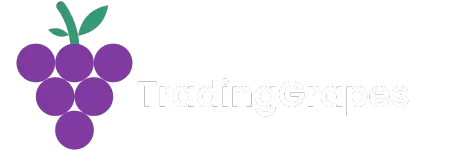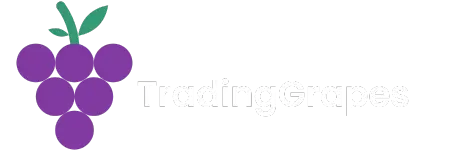When one of Burgundy’s most respected winemakers buys a small biodynamic vineyard in Gippsland, you know it’s not just a business move — it’s a statement.
In 2020, Jean-Marie Fourrier, the celebrated producer behind some of Burgundy’s most sought-after wines, took the reins at Bass Phillip. And since then, the wines — already known for their power and precision — have entered a new era. Think old vines, new energy, and serious collectible potential.
Let’s explore how Bass Phillip went from cult favourite to global conversation.
Who is Jean-Marie Fourrier?
A name with weight in Burgundy.
Jean-Marie Fourrier trained under none other than Henri Jayer — the legendary winemaker often mentioned in the same breath as Domaine de la Romanée-Conti (DRC). Jayer helped redefine Burgundian Pinot Noir, focusing on purity, low intervention, and vineyard expression. Wines from his estate now sell for tens of thousands per bottle.
Fourrier took that philosophy and built a portfolio of his own, starting with old-vine parcels in Gevrey-Chambertin, then later acquiring a Bourgogne site located between Meursault and Puligny-Montrachet. His Bourgogne Pinot Noir and Chardonnay may sit at the regional appellation level, but they come from seriously well-placed vineyards and show his hallmark style — delicate, detailed, and structured.
The Burgundy hierarchy, explained
Burgundy wines are classified by geography — from broadest to most precise:
- Regional (e.g., Bourgogne Pinot Noir)
- Commune (e.g., Meursault, Gevrey-Chambertin)
- Premier Cru
- Grand Cru
Jean-Marie's wines span these levels — but it’s his attention to site and vine age that elevates even his “entry” level bottles.
So why Bass Phillip?
Fourrier saw something special in Gippsland. And he’s not wrong.
Bass Phillip was already a cult producer in Australia, long known for its age-worthy, expressive Pinot Noir and Chardonnay. But Fourrier’s involvement has dialled everything up — more structure, more cellar potential, and an even greater focus on terroir.
Old vines, real flavour
Both Fourrier’s Bourgogne wines and Bass Phillip’s Estate and Premium range are made from old vines — dating back to 1963 and 1979 respectively.
Why does that matter?
Old vines naturally yield less fruit. But what they do produce is more concentrated and complex. Instead of pumping out large bunches, these mature vines dig deep and give fewer grapes with more flavour, acidity, and expression of place. It’s the difference between loud fruit and layered nuance.
Biodynamic farming for greater terroir
Bass Phillip has always been biodynamic — and this hasn’t changed under Fourrier. In fact, it’s one of the reasons he was drawn to the site.
Biodynamic farming goes beyond sustainability. It’s not just about ditching pesticides. It’s about treating the vineyard as a whole living system. That might mean planting cover crops, using natural predators, and aligning work with lunar cycles. Sounds a little mystical, sure — but the results are anything but. Biodynamic vineyards often yield wines with more clarity and site expression.
Add that to old vines, and you’ve got wines that speak loudly of where they’re from.
Entry-level with pedigree
In Burgundy, Jean-Marie’s entry point is his Bourgogne Pinot and Chardonnay. In Gippsland, it’s Bass Phillip’s Estate range.
These wines sit below the Premium and Reserve releases — but still come from mature vines and benefit from the same hands-on vineyard and winemaking philosophy. They're not just an introduction to the style — they’re a statement in their own right.
At the top end? Bass Phillip Premium Pinot Noir and Chardonnay are now on the Langton’s Classification — Australia’s most respected list of collectible wines. To make the cut, a wine needs:
- At least 10 years of consistent secondary market performance
- A reputation among collectors and critics
- Strong auction demand
In other words: these aren’t fly-by-night wines. They’re the real deal.
Tasting Bass Phillip
There’s no cellar door at Bass Phillip — so your best bet is to get your hands on a bottle (we can help with that).
Or, if you’re in Melbourne, head to Cumulus Inc. They offer vertical tastings of Bass Phillip wines, which is one of the best ways to understand how they evolve over time — especially if you’re thinking about collecting or cellaring.
Final sip
When one of Burgundy’s finest sets up shop in Australia, you pay attention. Bass Phillip under Jean-Marie Fourrier is a rare mix of French precision and Gippsland soul. With old vines, biodynamic farming, and a Burgundian mind at the helm, the wines are already some of the most expressive in the country — and now, even more collectible.
Whether you're just starting your cellar or looking to invest in bottles with serious pedigree, Bass Phillip is a name to watch.











